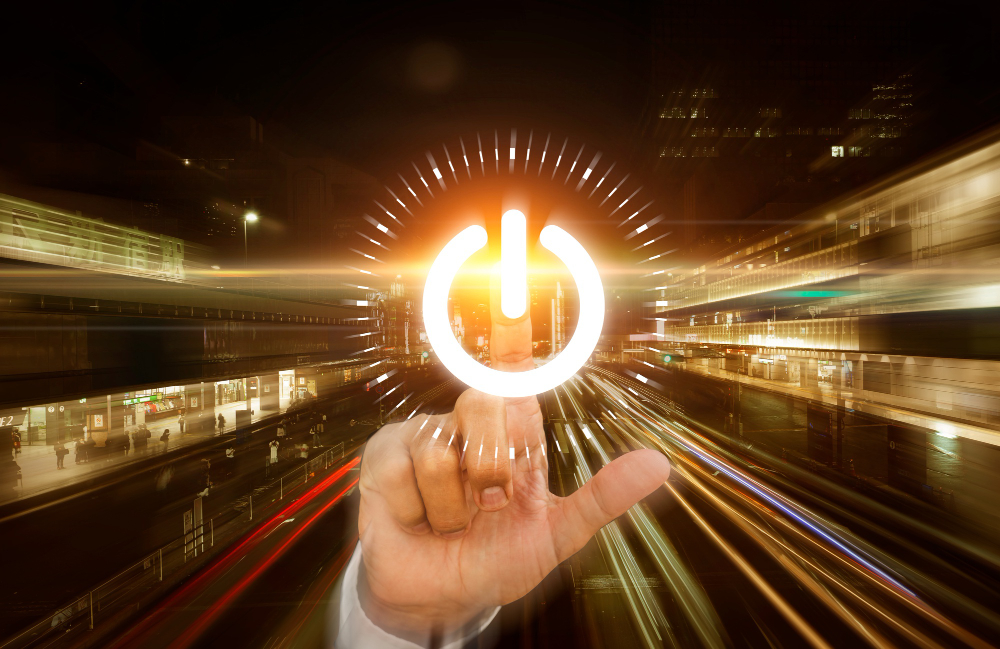Understand the concept of reactive power consumption and find out why it’s important in transmission lines. Also, find out how to reduce it in your network.
Introduction

Reactive power consumption is the amount of power used to maintain an electrical system in a stable state. It’s usually measured in watts, and it’s the amount of power used to correct for fluctuations in voltage or current.
The primary purpose of reactive power consumption is to prevent blackouts and brownouts, which would happen if too much power was being drawn from the grid or too little was being put into it. These conditions can cause widespread damage and inconvenience to people who rely on electricity daily.
Reactive power consumption is usually calculated as a percentage of the total net load, which generally varies depending on the time of day and other factors like weather conditions. Generally, it tends to be higher at night when electricity demand is lower and lower during the day when demand is high.
How does Reactive Power Consumption work?

Reactive power consumption is how electric power is used to compensate for fluctuations in demand. It’s a necessary evil, and it’s something that we all have to deal with daily.
When the demand for electricity increases, the Grid switches from supplying electricity to generating it. This is done by spinning turbines that create energy from the motion of water or wind. In order to provide extra electricity, the Grid uses reactive power consumption to spin up more generators.
This process constantly happens throughout the day, so electric bills are usually so high at night. When people turn on their lights and appliances at night, they use more electricity than during the day!
During normal times, electricity is generated by using a source of energy like a coal-fired power plant or a gas-fired thermal power plant. The energy from these plants is split into two: one part goes towards producing electricity, and another part goes towards running the equipment that helps keep the grid stable.
When there’s a sudden increase in demand for electricity like during a thunderstorm, the grid needs extra help to stay stable. That’s where reactive power comes in – it’s used to boost production at certain power plants so that enough electricity can be produced to meet customer demand.
Importance of Reactive Power Consumption
Reactive power consumption is the amount of power that’s used to counteract the changes in voltage that occur when loads switch on and off.
It’s important because it ensures that the grid remains stable and operable at all times. Without it, systems could short-circuit, leading to widespread power outages. In addition, reactive power can be used to turn generators on and off as needed, so they’re always ready to respond quickly to spikes in demand.
There are a few ways you can reduce your reactive power consumption:
- By using energy-efficient technologies like LED lighting and smart thermostats.
- Using inverters and filters reduces the voltage fluctuations that occur when loads switch on and off.
- By ensuring that your loads are appropriately designed for reactive power use.
Reactive power consumption is significant in industries like energy storage and renewables, where it’s necessary for systems to stay stable even when there is no regular input of electricity from the grid. This allows these systems to operate effectively even when no wind or sun is present.
Solar and wind can actually become less effective when their output exceeds their required reactive power consumption. This is because they need to send extra energy back into the grid for it to be smoothed out and kept at a consistent level. Without reactive power consumption, these systems would eventually fail because they could not cope with fluctuations in demand.
In conclusion, reactive power consumption measures the amount of power an electricity system uses to counterbalance changes in demand. When the need for electricity rises, the system uses more power to generate more electricity, and when demand falls, the system uses less power.




